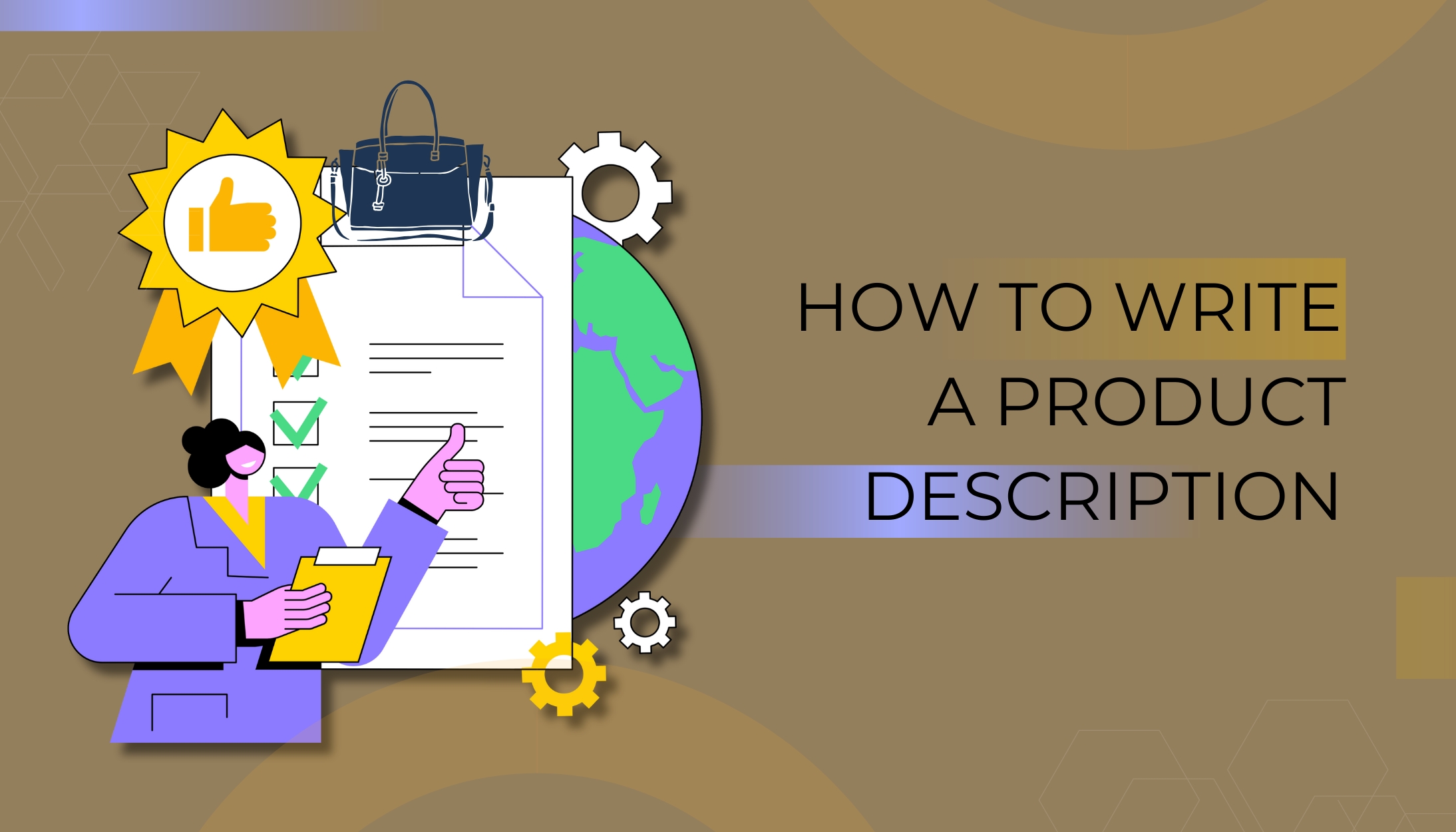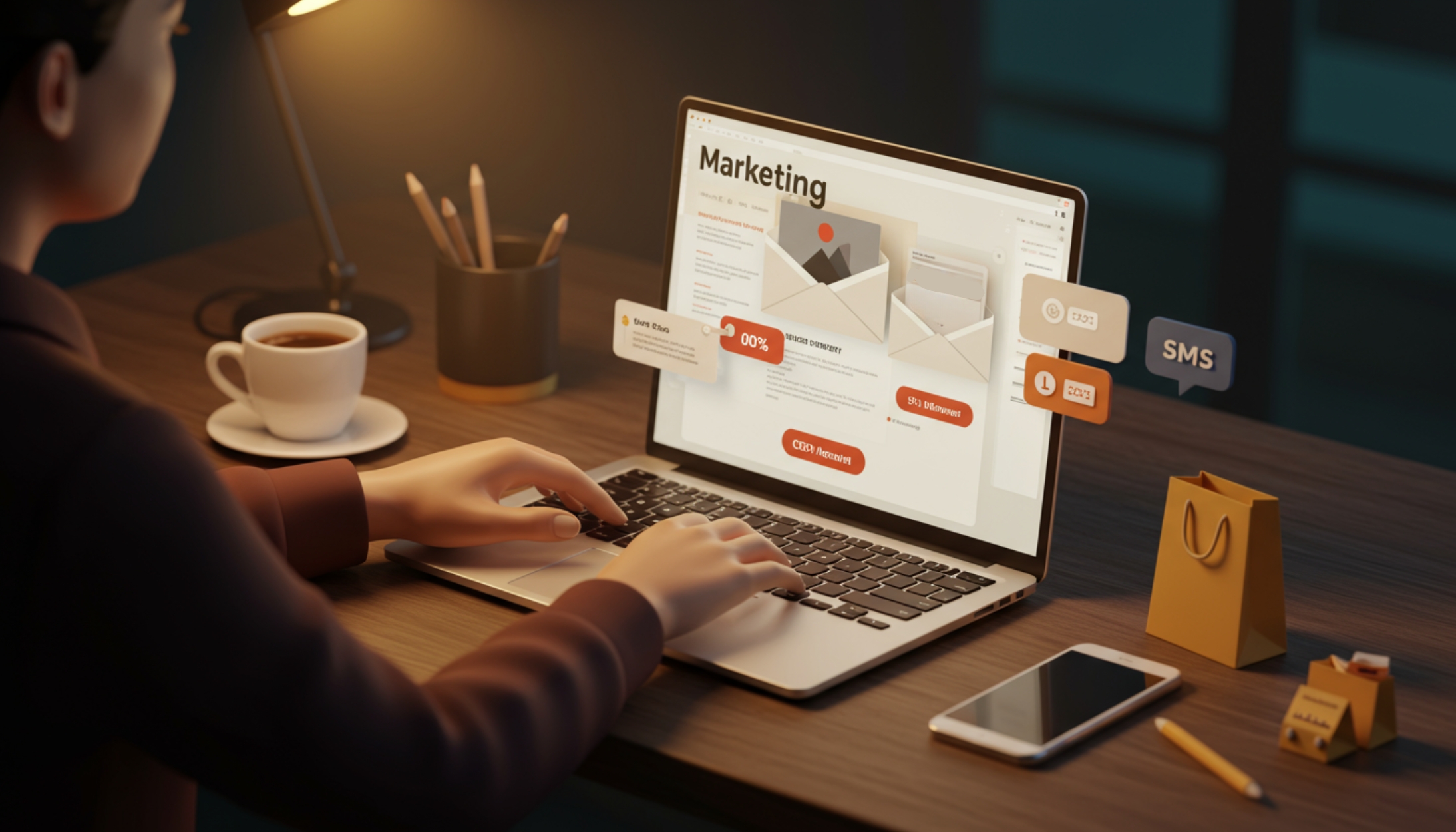Table of Contents
- What Are Products?
- What Is a Product Description?
- The Importance of Product Descriptions
- Understanding Your Audience
- Key Elements of High-Converting Product Descriptions
- Writing Techniques
- Incorporating SEO Best Practices
- Enhancing Credibility
- Visual Elements
- Testing and Optimization
- How to Generate Product Descriptions Using AI
- Conclusion
- FAQs
Creating a high-converting product description is essential for any e-commerce business. A well-crafted product description not only informs potential customers but also persuades them to make a purchase. In this blog, we’ll explore strategies to write compelling product descriptions that drive conversions.
What Are Products?
Products are items or services created to satisfy the needs and desires of consumers. They can range from tangible goods like electronics, clothing, and food to intangible services like software, consulting, and online courses. Understanding what products are and how they fulfill customer needs is fundamental in creating descriptions that resonate with your audience.
What Is a Product Description?
A product description is a marketing copy that explains what a product is and why it’s worth purchasing. It provides customers with detailed information about the product’s features, benefits, and uses, helping them make informed buying decisions. A compelling product description is clear, concise, and persuasive, often incorporating SEO keywords to improve visibility in search engine results.
The Importance of Product Descriptions
- Inform Customers: Provide essential details about the product, helping customers make informed decisions.
- Enhance SEO: Improve search engine rankings by incorporating relevant keywords.
- Persuade Shoppers: Highlight unique selling points and benefits to encourage purchases.
- Build Trust: Accurate and detailed descriptions build credibility and reduce returns.
- Enhance User Experience: Clear and engaging descriptions improve the shopping experience.
- Reduce Returns: Set accurate expectations to lower the likelihood of product returns.
Understanding Your Audience
- Identify Your Target Audience: Before you start writing, it’s crucial to understand who your customers are. Create buyer personas to tailor your product descriptions to their needs and preferences.
- Address Customer Pain Points: Think about the problems your product solves for your audience. Highlight these solutions in your descriptions to make your product more appealing.
Key Elements of High-Converting Product Descriptions
Creating a high-converting product description involves several crucial elements that work together to inform, persuade, and engage potential customers. Here’s a detailed look at these elements:
Compelling Product Titles
- Clear and Concise: A product title should be straightforward and easy to understand. Include essential details like the brand, product type, and key feature.
- Keyword-Rich: Incorporate relevant keywords naturally to improve SEO. This helps your product appear in search results, increasing visibility and potential sales.
Engaging Opening Sentences
- Strong Hook: The opening sentence should immediately grab attention. For instance, if we take an example of bottle product. The opening line could be like this :”Stay hydrated all day with our premium stainless steel water bottle.”
- Sensory Language: Use descriptive language that appeals to the senses to create a vivid image. This helps customers visualize using the product and its benefits.
- Features and Specifications: Provide all necessary details about the product, such as dimensions, materials, and functionality. Using the above example of bottle, “Made from 18/8 food-grade stainless steel, this bottle is designed to keep your drinks cold for 24 hours or hot for 12 hours.”
- Benefits: Highlight how these features benefit the customer. Explain why each feature matters and how it improves the user experience.
- Unique Selling Points (USPs): Clearly state what sets your product apart from competitors. This could be a unique feature, superior quality, or exceptional value.
Storytelling
- Relatable Scenarios: Create a narrative that helps customers relate to the product. For example, “Imagine hiking up a mountain and taking a refreshing sip of cold water from your reliable bottle.”
- Customer Testimonials: Use quotes or stories from satisfied customers to build trust and illustrate real-life benefits.
Use Persuasive Language
- Action-Oriented Words: Use verbs and phrases that encourage action, such as “Experience the convenience” or “Discover the benefits.”
- Emotional Triggers: Highlight aspects that resonate emotionally with customers, such as comfort, ease of use, or satisfaction.
Writing Techniques
Customer-Centric Language
- Second Person (You/Your): Always focus on the customer’s perspective.
- Address Objections: Anticipate and address potential objections or concerns. Provide clear solutions and reassurances to your customers’ queries.
Bullet Points for Clarity
- Break down key features and benefits of the products into bullet points for easy reading.
Keep it Simple
- Avoid Jargon: Use simple, straightforward language to ensure your readers understand the product description. Avoid technical terms that might confuse them.
- Short Sentences and Paragraphs: Break down information into short sentences and paragraphs to enhance readability.Using clear, simple language and breaking down information makes your product descriptions more accessible and engaging.
Incorporating SEO Best Practices
Crafting SEO-friendly product descriptions is crucial for boosting online visibility and driving sales. Despite having a well-crafted product description, if your product isn’t easily discoverable online, it may struggle to attract customers. To ensure your fantastic products reach the right audience, it’s essential to optimize your content for both human readers and search engines. In this guide, you will discover techniques to enhance your product descriptions for maximum impact:
Incorporate Relevant Keywords:
By strategically incorporating relevant keywords into your product descriptions, you can improve your search engine rankings and increase visibility. Keywords are phrases or words that individuals commonly use when searching online. Understanding which keywords resonate with your target audience is key to enhancing the effectiveness of your product descriptions.
Utilize tools like SEOKeyword Analyzer, Ahrefs, SEMRush, Ubersuggest, Moz, or SERanking to identify high-performing keywords related to your products.
Enhance Visual Appeal with SEO-Friendly Images and Videos:
While text plays a significant role in product descriptions, integrating visually appealing images and videos can enhance user engagement and drive conversions. Including high-quality visuals not only captivates potential customers but also signals relevancy to search engines.When adding images or videos, remember to include descriptive alt-text that provides context for search engines like Google. Alt-text helps optimize visual content for SEO purposes by incorporating relevant keywords naturally.
Use Alt Text for Images
Add descriptive alt text to product images, incorporating relevant keywords to improve SEO and accessibility.
Enhancing Credibility
- Customer Reviews and Testimonials: Include reviews, ratings, and testimonials to build trust. For example, “Rated 4.9 stars by over 2,000 satisfied customers.”
- User-Generated Content: Showcase photos or videos from customers using your product.
Trust Signals
- Certifications and Guarantees: Add certifications, guarantees, and return policies. For instance, “100% satisfaction guaranteed or your money back.”
- Security Badges: Display security badges and privacy assurances to reassure customers about the safety of their transactions.
Visual Elements
High-Quality Images
- Multiple Angles: Use clear, high-resolution images showing the product from various angles.
- Lifestyle Photos: Include images of the product being used in real-life scenarios.
Videos and 360-Degree Views
- Interactive Elements: Incorporate videos or 360-degree views to provide a comprehensive understanding of the product.
- Explainer Videos: Use videos to explain product features and benefits, or share customer testimonials.
Design Consistency
- Cohesive Look: Ensure a consistent and appealing design across all product pages.
- Mobile-Friendly Layout: Make sure the layout is optimized for mobile devices to enhance user experience.
Testing and Optimization
- Experiment with Variations: Regularly test different versions of product descriptions to identify the most effective ones. Experiment with different headlines, images, and call-to-actions.
Monitor Analytics
- Data-Driven Adjustments: Use tools like Google Analytics to track performance. Analyze metrics such as bounce rate, time on page, and conversion rate to make informed adjustments.
How to Generate Product Descriptions Using AI
Using artificial intelligence (AI) to create product descriptions can save you time and boost creativity. AI tools like OpenAI’s GPT-3, Jasper, and Copy.ai can help by generating high-quality descriptions.
First, input key product details into the AI tool. The AI then analyzes this data and mimics human writing styles to create descriptive and engaging copy.
This method ensures that your product descriptions are consistent and scalable. It is especially useful for businesses with large inventories, where writing each description manually would be impractical.
By leveraging AI, you can quickly produce compelling product descriptions that maintain a high standard of quality across all your products.
Conclusion
Crafting high-converting product descriptions is a multi-faceted process that involves understanding your audience, highlighting key product features, and employing persuasive language. By using compelling titles, engaging opening sentences, and detailed, benefit-focused information, you can create descriptions that not only attract but also convert potential customers.
Incorporating SEO best practices, enhancing credibility with social proof, and using high-quality visuals are also crucial. Regularly test and optimize your descriptions to ensure they remain effective. Start applying these tips today to enhance your product descriptions and boost your e-commerce conversions.
FAQs
1.What does a good product description include?
A good product description clearly states the product’s name, provides detailed features and benefits, highlights what makes it unique, identifies the target audience, includes relevant keywords for search optimization, features high-quality images, has a strong call to action, and showcases customer reviews for credibility.
2.What is a creative product description?
A creative product description uses storytelling and engaging language to connect with the customer emotionally. It often includes playful or imaginative language and highlights the product’s unique aspects in a memorable way.
3.What is a product description example?
Product description example: Meet our elegant DEF Watch, meticulously crafted with precision and style. Made from premium materials, this watch boasts a sleek design perfect for both casual and formal occasions. Its durable construction ensures long-lasting wear, while the sophisticated face and adjustable strap provide a comfortable fit. Join the many satisfied customers who have made the DEF Watch their go-to accessory for adding a touch of class to any outfit.





